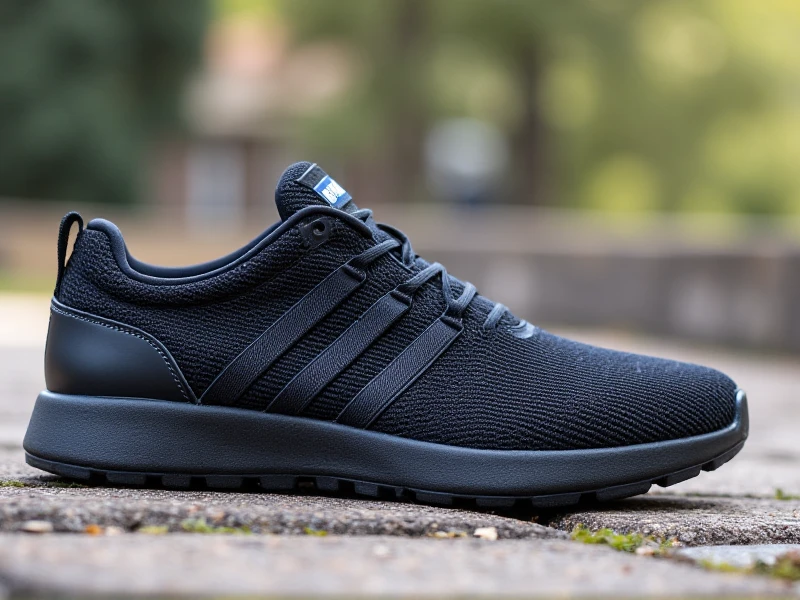The Ultimate Guide to Men's Running Shoes: Features & Buying Tips

Finding the perfect pair of men's running shoes isn't just about looks – it's crucial for comfort, performance, and injury prevention. The vast selection can feel overwhelming. This guide breaks down the key factors every runner should consider.
The foundation lies in understanding your foot type and gait cycle. Do you overpronate (foot rolls inward), underpronate (foot rolls outward), or have a neutral stride? Many running specialty stores offer free gait analysis. Shoes provide specific support:
- Stability Shoes: Ideal for mild to moderate overpronators. They feature firmer materials on the inner midsole to guide the foot.
- Motion Control Shoes: Designed for significant overpronation, offering maximum support and structure.
- Neutral Cushioned Shoes: Best for neutral runners or underpronators (supinators), focusing on cushioning without added stability.
- Minimalist Shoes: Offer a low drop and thin sole for a "natural" feel, requiring strong foot muscles.
Key Features To Consider:
- Cushioning: Ranges from plush (maximal) to minimal. It absorbs impact, protecting joints. Brands use proprietary technologies like Nike Air Zoom, Adidas Boost, Brooks DNA LOFT, or Asics GEL.
- Midsole Material: EVA foam is common; advancements like PEBA offer lighter weight and greater energy return.
- Outsole (Rubber): Provides traction and durability. Look for durable carbon rubber in high-wear areas (heels) and grippy blown rubber for flexibility and lightness.
- Upper: Mesh is standard for breathability. Engineered knits or overlays offer support and a snug, adaptable fit. Pay attention to the toe box width for splay room.
- Heel Drop: Measured in millimeters, this is the height difference between heel and forefoot (e.g., 0mm drop = flat; 12mm = significant drop). Lower drops encourage midfoot/forefoot striking; higher drops can feel more comfortable for heel strikers or those needing cushioning.
Beyond Type: Purpose Matters
- Daily Trainers: Versatile options for most runs, balancing cushioning and durability.
- Race Day Shoes: Prioritize lightweight construction and responsiveness/carbon plates for speed, often trading long-term durability.
- Long-Distance/Super Cushioned Max: Focus on maximum shock absorption for marathon training or endurance runners.
- Trail Running Shoes: Feature aggressive lugs for grip, rock plates for underfoot protection, and often enhanced durability/lower uppers for trail terrain.
Buying Tips:
- Shop Later: Feet swell during the day and running. Try shoes on in the afternoon.
- Sock Choice: Bring your typical running socks.
- Fit Is Paramount: There should be a thumb's width of space at the toe. The heel should be snug (not slip), and the midfoot secure without constriction.
- Test Flex Bend: Bend the shoe at the forefoot to ensure it's flexible.
- Trial Runs: If possible, jog in-store. Replace mens running shoes every 300-500 miles as cushioning degrades.
Investing time in choosing the right running shoes for men pays off. Comfortable feet translate to enjoyable runs and better performance. Assess your needs, know your feet, and be open to expert advice for the perfect fit. Ready to find your dream pair? What features matter most to you?